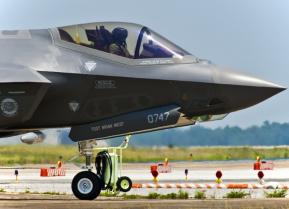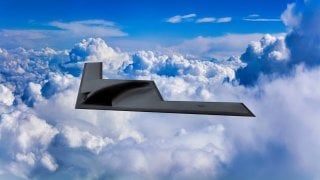The B-21 Raider Bomber Does Have Flaws
The B-21 Raider, America’s next-generation stealth bomber, faces emerging threats from cost-effective and advanced weapons systems. As the U.S. Air Force prepares to deploy the Raider, potential adversaries like Russia and China are developing technologies to counter it.
Summary and Key Points: The B-21 Raider, America’s next-generation stealth bomber, faces emerging threats from cost-effective and advanced weapons systems. As the U.S. Air Force prepares to deploy the Raider, potential adversaries like Russia and China are developing technologies to counter it.
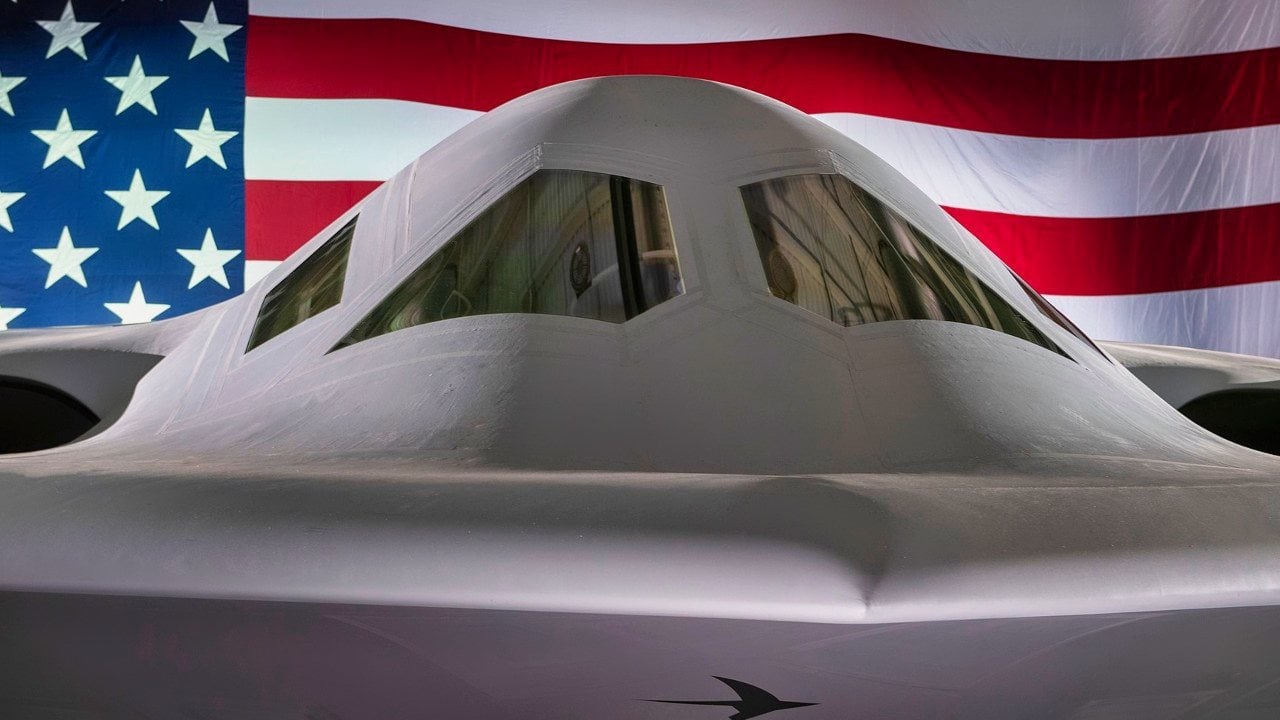
-Hypersonic glide vehicles (HGVs) like Russia’s Avangard and China’s DF-17, along with energy directed weapons (EDWs) and nuclear-powered missiles like Russia’s Skyfall, could challenge the B-21’s dominance.
-These "ghoulish" systems, though cheaper, could pose significant risks to the B-21, highlighting the need for the U.S. to advance countermeasures and maintain its strategic edge in the sky.
The B-21 Raider's Real Problem: It Can Be Countered
The Ghoul is a low-cost first-person-view Russian drone used successfully in Ukraine against $10 million Abrams tanks. At $500 per drone, the cost of a Ghoul measures in at a 1:20,000 ratio to that of the tank.
The Northrop Grumman B-21 Raider will play a vital role in U.S. national security and strategic deterrence. What are some cost-effective “ghouls” that could take the glorious B-21 “angel” out of the sky? To find the answer, we start by asking what can fly faster, farther, or higher than the B-21. Other systems might not even need to match the Raider’s flight capabilities.
The weapons in service, development, and theory that pose the most danger fall into four general categories, with some overlap: energy directed weapons (EDW), hypersonic glide vehicles (HGV), nuclear powered missiles (NPM), and orbital bombardment systems (OBS).
(No) Need for Speed
EDWs overcome the need for greater speed or range. When fielded, energy directed weapons will offer the ability to point a laser or multiple lasers at the B-21 from satellites in space, ground-based systems, or airborne systems such as drones. This is an effective way to bring down the Raider – a $700 million aircraft – and its two pilots.
The cost of the B-21’s arsenal also enters the equation. Equipping a B-21 Raider with a range of advanced munitions, including the modernized B61-12 nuclear bomb and precision-guided munitions like the AGM-158B JASSM-ER, JDAM kits, and AARGMs, could add at least $20 million to the Raider’s value while in flight. The inclusion of just one B61-12, after its Life Extension Program, represents a significant portion of this additional expenditure, potentially costing from $20 million to $22.5 million per unit.
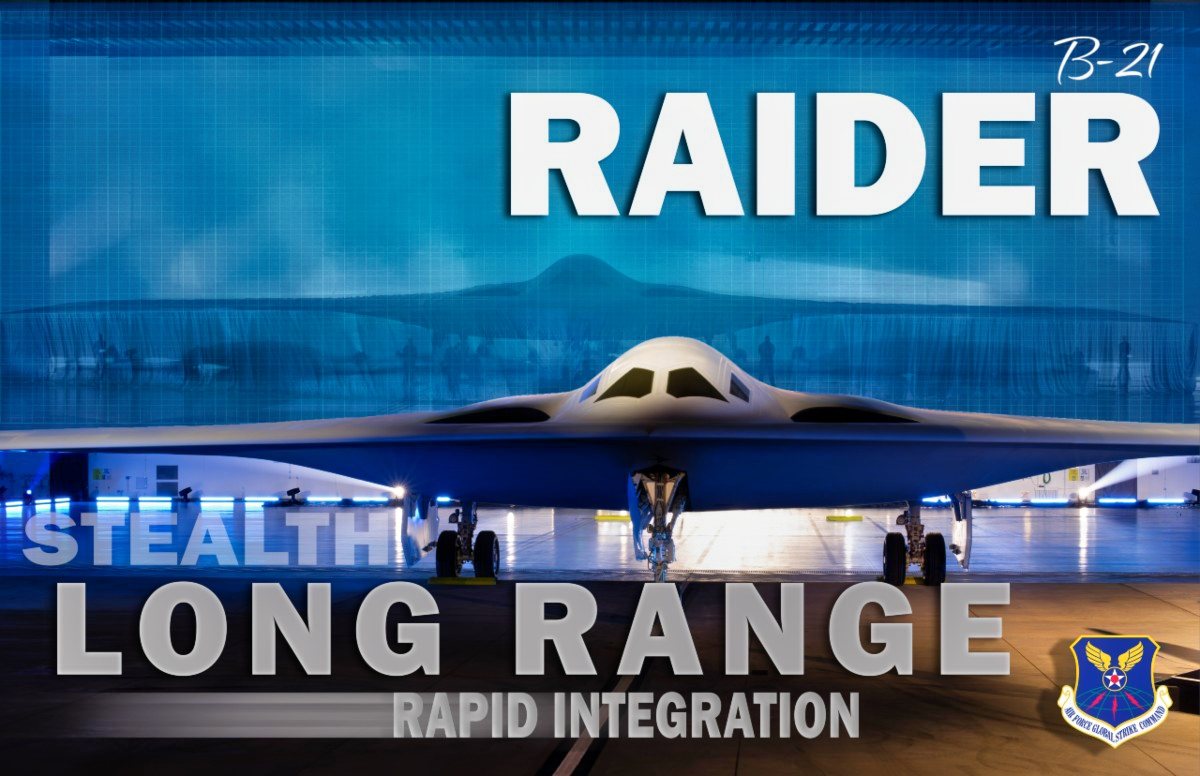
Sticking with the 1:20,000 ratio defined above, if an EDW fires and hits the Raider at a cost of $35,000 or less, that is the Raider’s ghoul. These threats are not yet fully online, but they will be. They will pose a significant threat to the B-21 when the Raider fully assumes its role as the Air Force’s workhorse bomber for the remainder of this century.
Another cheap option is to detonate a tactical nuke in the vicinity of the Raider, which would not require a direct hit. Despite widespread aversion to using nukes, the exchange could be a bargain.
B-21 Raider: Ghoulish Capabilities
The Raider’s baseball stats are classified, but we do know the B-21 is a strategic bomber with an emphasis on stealth. A more aerodynamic body built with materials that emphasize speed would make the bomber more easily detectable by radar. We can thus speculate that on the generous side, the B-21 has a maximum range of 6,500 miles with a top speed of no more than Mach 1, and a maximum ceiling of 55,000 feet.
So what can fly faster, farther, or higher and threaten the flight of the B-21?
A handful of Russian and Chinese ghouls fit the description. Three of them are hypersonic glide vehicles, including Russia’s Avangard as well as China’s DF-17 and DF-ZF.
HGVs travel at speeds greater than Mach 5 with advanced maneuverability, making interception difficult. If deployed against a B-21, their hypersonic speeds would drastically reduce the reaction time available for the bomber to evade, or for defensive systems to intercept the missile. HGVs equipped with sophisticated targeting and guidance systems might exploit vulnerabilities in the stealth bomber’s defensive measures, especially if the HGVs are launched in a coordinated attack designed to saturate defenses.
At a reported speed of Mach 20, the Russian-made Avangard is 20 times faster than the B-21’s likely top speed. A human pilot might be able to outmaneuver the Avangard – the B-21 has longer staying power in the air compared to the Avangard and its range of about 3,700 miles.
However, the conditions of such an encounter would not favor the Raider’s evasion. The Avangard would be launched atop an intercontinental ballistic missile, giving it a head start before it started gliding independently toward its target at hypersonic speed. Further, the B21 likely already flew at least a few thousand miles by the time it detected the Avangard, negating the advantage in range.
At a reported top speed of Mach 10 with a range of 1,200 miles, China’s DF-ZF grabs fewer headlines than the Avangard but is still a threat to the B-21. With a high speed of Mach 7 and a range of 1,400 miles, the DF-17 could threaten a B-21 as it approaches China.
HGVs might become more lethal still as artificial intelligence is integrated into the weapons. AI might enhance the missiles’ evasion capabilities against missile defense systems, as well as improving decisionmaking and target recognition.
A Nuclear Submarine in the Sky
Russia’s SSC-X-9 Skyfall nuclear-powered cruise missile is still under development, but if Moscow deploys it, the device could pose a powerful threat to aircraft like the B-21.
The Skyfall would use a nuclear reactor to heat air for jet propulsion, giving it potentially unlimited range and a speculated speed of Mach 4-6. The Skyfall could operate at various altitudes depending on mission phase and strategic requirements. It could sustain flight at low altitudes for stealth penetration, and reach higher altitudes to prioritize speed or range.
This is not the most obvious choice of weapon to pit against a B-21, but by virtue of its speed and unlimited range, if there were other offensive systems working against and distracting the B-21, the Skyfall could deliver a hit once the Raider runs out of fuel. A more aggressive Skyfall move would be to detonate within a range that would knock out the B-21. A less aggressive, peacetime move would be to trail the B-21, challenging the Raider’s stealthiness. The Skyfall could function like a nuclear submarine in the sky.
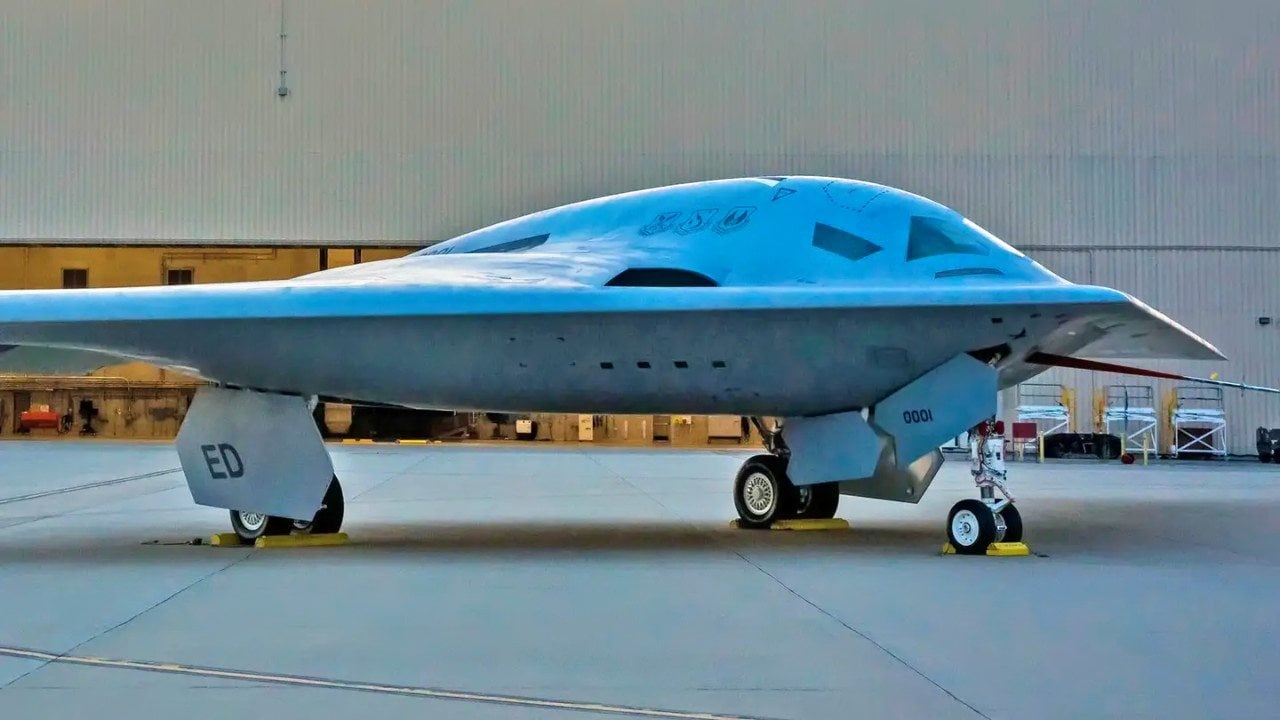
The Skyfall is not available yet, but given that the B-21 will be the U.S.’ strategic bomber well into the latter half of the 21st century, it is reasonable to include the Skyfall as a potential threat. However, while the NPM would surpass the B-21 in range and speed, its price tag – perhaps $200 million per unit excluding R&D – lands it well short of “ghoul” status. Still, it will be cheaper than the $700 million B-21, not to mention the aircraft’s two pilots. Nor will the Raider’s $65,000-per-hour cost of flight time apply to the more economical NPM.
In any confrontation between the two, time would be on Skyfall’s side. It could take all the time in the world while moving at speeds greater than Mach 4, with no pilot or plane fatigue.
The Power of MOBS
China’s F/MOBS (Fractional/ Multiple Orbital Bombardment System) also fits the bill. China has been actively pursuing an F/MOBS program, something the Soviets successfully tested as far back as 1969.
The sheer volume and variety of threats posed by F/MOBS and HGV could challenge the defensive capabilities of even the most advanced stealth bombers like the B-21 – especially if an orbital bombardment system can effectively target airbases or known flight paths.
Orbital or near-orbital assets can achieve extremely high velocities, significantly reducing reaction times for a lower-flying B-21, even at its likely maximum ceiling of around 55,000 feet. On this battlefield in the sky, MOBS would have the higher ground and superior numbers.
The B-21 represents an important component of the nuclear triad, but like any component, it has vulnerabilities. Defending a B-21 Raider against these threats depends on the advancement of early warning systems, electronic warfare capabilities, counter-hypersonic technologies, and propulsion of satellite-based weapons.
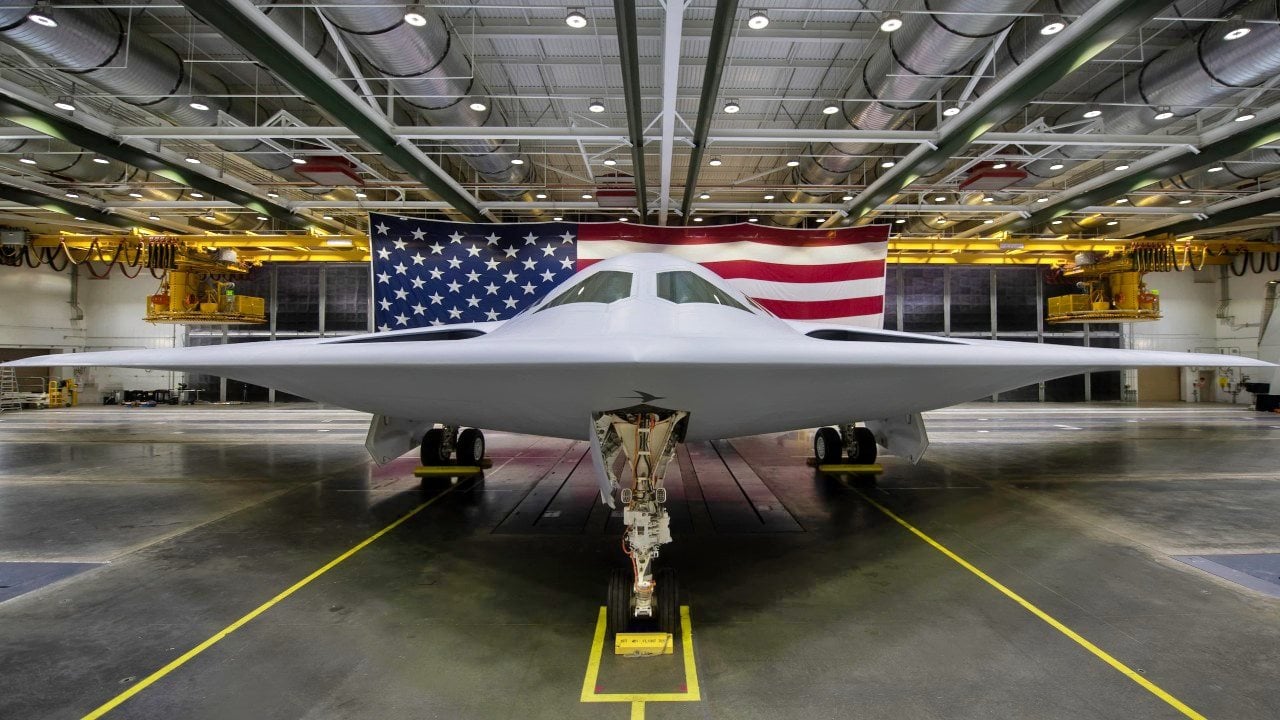
For resiliency, the U.S. should counter on land with more effective and capable deterrents – for instance, it could increase the number of Sentinel ICBMs – while the Space Force should focus on the development of counterspace capabilities, and at sea, Washington should signal its support for the SLCM-N.
About the Author
Alexis Littlefield, PhD, is Chief of Staff at the National Institute for Deterrence Studies and a Fellow of the Institute. He lived two decades in Taiwan and China.
